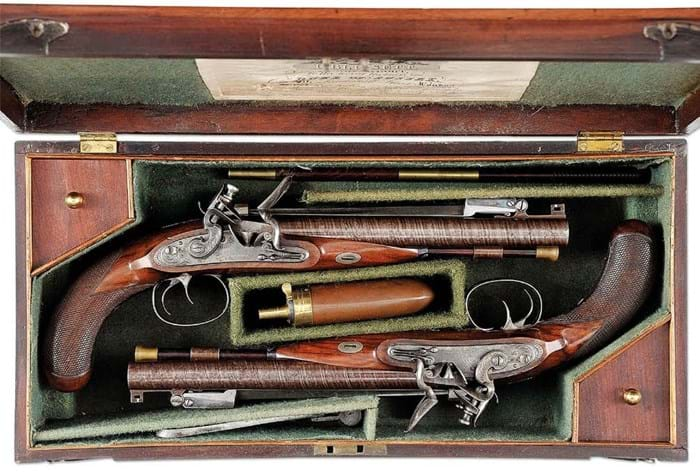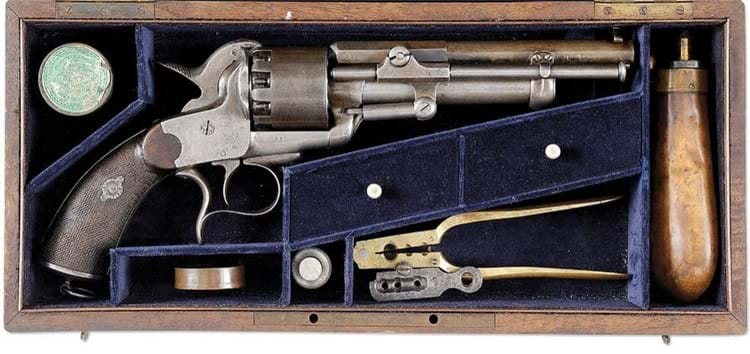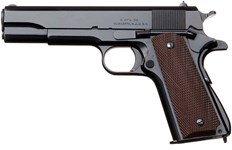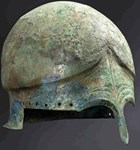One of these was the curious two-barrelled revolver patented in the US in 1856 by the French-born physician Jean Le Mat. Le Mat devised a revolver that combined a nine-shot cylinder loaded with .42 calibre solid ball with a single salvo of buck-shot fired from a separate barrel.
Le Mat was based in New Orleans before the civil war, though there is still some doubt as to where and when his curious revolver was manufactured for the Confederate army. Some may have been made in the Southern states, but the majority appear to have been produced in Paris. Proof positive that it did see service came at James D Julia’s (15% buyer’s premium) October 31-November 2 sale in Fairfield, Maine.
The saleroom was offering a First Model Le Mat grapeshot revolver in its original case inscribed with the name TB Memminger.
Thomas B Memminger was a Confederate surgeon during the Civil War in South Carolina and the son of Confederate secretary of the treasury Christopher Memminger. This link between a prominent Confederate family and one of the perennially intriguing guns of the period ensured plenty of interest and it sold at $50,000 (£37,040).
The same Julia sale, its last before announcing a takeover by Pennsylvania auction house Morphy, also included an exceptional pair of English flintlock carriage pistols.
Stand-out lot

Impeccable preservation helped this pair of double-barrelled carriage pistols with bayonets to $55,000 (£40,740).
These stood out among the mass of American material, but they would have shone in any company due to their technical interest and outstanding condition.
Made by Isaac Blissett of London in the early 19th century, they offered just about everything a collector is looking for. They were a pair, and double-barrelled. On top of that each was fitted with a spring-loaded bayonet operated by a simple catch on the top of the barrel tang.
To crown it all, the pistols incorporated many of the sophistications of design expected in a top-quality late period flintlock and appeared to be virtually unused. A few scratches from the flint on the frizzen were the only sign that they had ever been fired. Otherwise they retained nearly all of the crispness and finish they had when they came from the maker.
The auctioneer reckoned that these were certainly the finest guns of their type that he had ever offered and was rewarded with a price of $55,000 (£40,740).















